As in the comments the most common solution is conformal coating.
This is similar to a varnish, they can be dipped or sprayed on and are intended to form a waterproof seal without pinholes so they are often formulated with very little solvent to minimise final porosity. They may also contain silicone which is hydrophobic in nature and further repels water from breaks and edges of the sealant. Some of these require a baking step to work as advetised.
Your alternatives are a non-acid cure silicone sealant, these types are available in automotive and electrical grades. The household and construction grades most commonly make use of acetic acid which is corrosive.
You can also use a potting compound, again there are special types for potting electronics that may be polyester resins, epoxy resins or even silicone elastomers. Some products can have catalysts that are corrosive in nature and these should be avoided.
In some situations you could just use a moisture barrier that is not a solid such as grease/vaseline or even submerge your circuit in oil. These are messy but oil is commonly used in industrial and x-ray transformers due to the self healing nature of its insulation characteristics from high voltage breakdown.
An alternative in your case as you mention a specific time that the unit will be deployed in the field is to use a moisture scavenger/desccicant. If you seal your case from direct water entry and there are only a few small holes that air can enter you could keep the air inside very dry with something like silica-gel, anhydrous calcium chloride or a molecular sieve material. These will all eventually saturate but if the desccicant is large in proportion to the air exchange it should easily last for months outside of a steam bath or car wash.
Using strip board as opposed to a production PCB does somewhat increase your problem as the substrate material is usually the phenolic paper laminate instead of the less water absorbing epoxy glass laminate. However once you use one of the moisture mitigation technologies there is no real difference.
My first choice would be to seal the box lid and openings with electrical silicon sealant and leave a generous desccicant pack inside.
My second choice would be to dip it into an electrical conformal coating compound if you can locate it.
Your choices are also affected by how much or how often you expect to have to service the circuitry.

